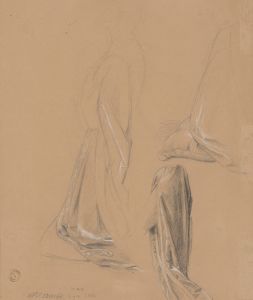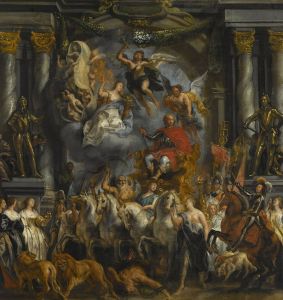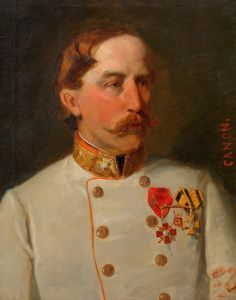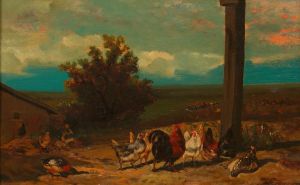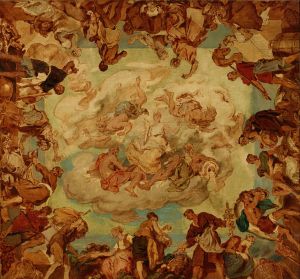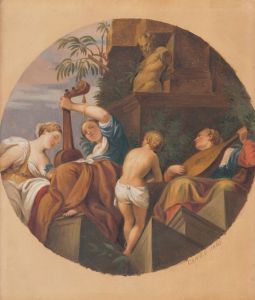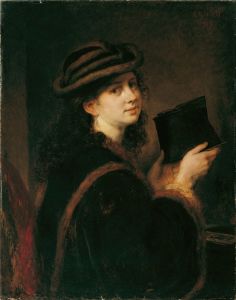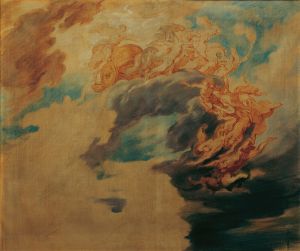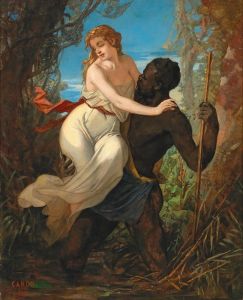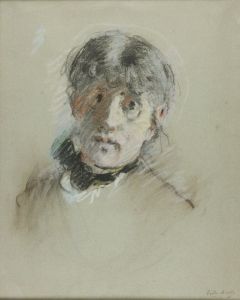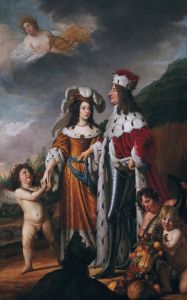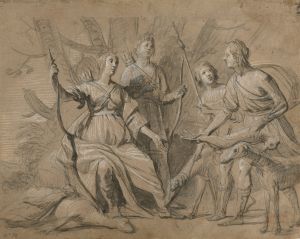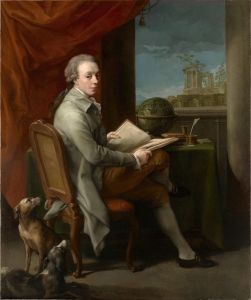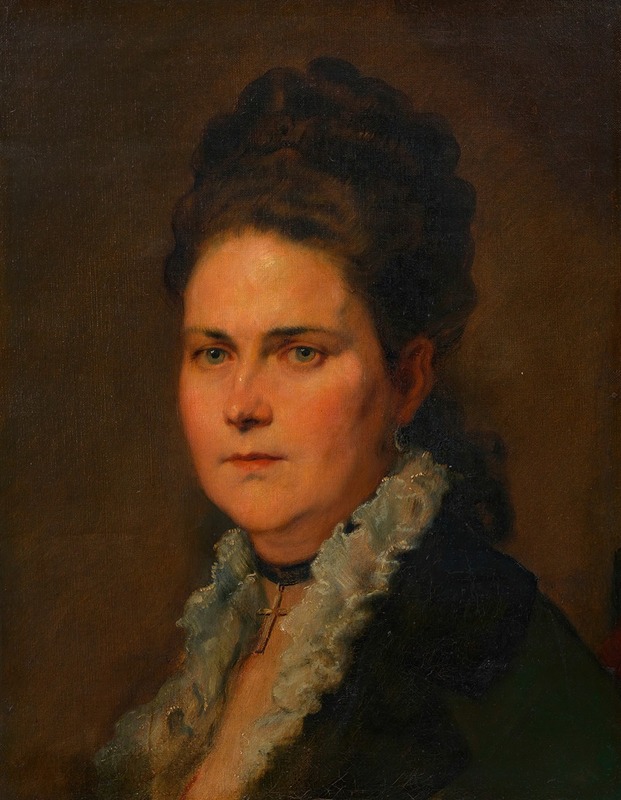
Leopoldine Freiin von Liebieg, geb. Mayr
A hand-painted replica of Hans Canon’s masterpiece Leopoldine Freiin von Liebieg, geb. Mayr, meticulously crafted by professional artists to capture the true essence of the original. Each piece is created with museum-quality canvas and rare mineral pigments, carefully painted by experienced artists with delicate brushstrokes and rich, layered colors to perfectly recreate the texture of the original artwork. Unlike machine-printed reproductions, this hand-painted version brings the painting to life, infused with the artist’s emotions and skill in every stroke. Whether for personal collection or home decoration, it instantly elevates the artistic atmosphere of any space.
Leopoldine Freiin von Liebieg, geb. Mayr is a portrait painting by the Austrian artist Hans Canon. Hans Canon, whose real name was Johann Baptist Strašiřipka, was a prominent 19th-century painter known for his portraits and historical scenes. Born in 1829 in Vienna, Canon became a significant figure in the Austrian art scene during his lifetime. His works are characterized by their detailed realism and the ability to capture the personality and status of his subjects.
The painting depicts Leopoldine Freiin von Liebieg, née Mayr, a woman of notable social standing. The title indicates that she was born with the surname Mayr and later became a member of the Liebieg family through marriage. The term "Freiin" is a German title of nobility, equivalent to "Baroness," suggesting her elevated social status. The Liebieg family was a prominent industrial family in the Austro-Hungarian Empire, known for their contributions to the textile industry and their patronage of the arts.
Hans Canon's portrait of Leopoldine reflects the style and techniques prevalent in the late 19th century. Canon was known for his ability to render his subjects with a sense of dignity and grace, often incorporating elements that highlighted their social status and personal achievements. In this portrait, Canon likely employed a realistic approach, focusing on the details of Leopoldine's attire, expression, and surroundings to convey her character and position in society.
The painting would have been executed with oil on canvas, a common medium for portraiture at the time, allowing for rich textures and depth of color. Canon's skillful use of light and shadow would have added to the lifelike quality of the portrait, emphasizing the three-dimensionality of the figure and the luxuriousness of the fabrics depicted.
While specific details about the painting's composition and current location are not widely documented, it is reasonable to assume that it was commissioned by the Liebieg family or another patron interested in commemorating Leopoldine's likeness. Portraits during this period often served as both personal mementos and public statements of wealth and influence.
Hans Canon's work, including this portrait, contributes to our understanding of the cultural and social dynamics of the Austro-Hungarian Empire in the 19th century. His ability to capture the essence of his subjects makes his portraits valuable historical records, offering insights into the fashion, aesthetics, and societal norms of the time.
Overall, Leopoldine Freiin von Liebieg, geb. Mayr by Hans Canon is a testament to the artist's skill in portraiture and his role in documenting the lives of prominent figures in his era. The painting remains a significant piece within the context of 19th-century European art, reflecting both the personal story of its subject and the broader cultural landscape in which it was created.





